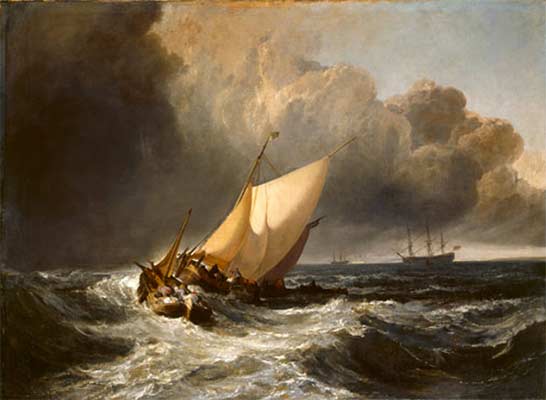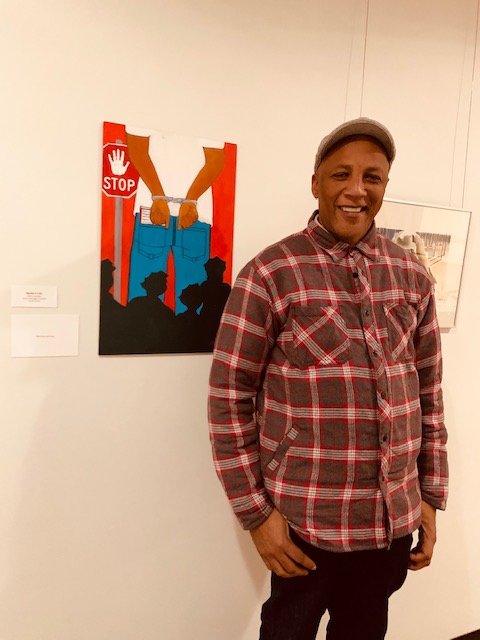|
Getting your Trinity Audio player ready...
|
Reading Time 6 mins
May 25, 2020
“The truth is that any figure of Africans imported into the Americas which is narrowly based on the surviving records is bound to be low, because there were so many people at the time who had a vested interest in smuggling slaves and withholding data. Nevertheless, if the low figure of ten million was accepted as basis for evaluating the impact of slaving on Africa as a whole, the conclusions that could legitimately be drawn would confound those who attempt to make light of the experience of the rape of Africans from 1445 to 1870.”
Walter Rodney “How Europe Underdeveloped Africa” pg. 96
The unevenness of the COVID 19 pandemic’s impact on different demographics lays bare inequalities that prevail within and between countries. Already made vulnerable by the small size and adverse environmental factors, Caribbean countries are simultaneously in the midst of an already existing public health crisis and the COVID 19 pandemic and its attendant economic storm. The situation is one of a new pandemic laying heavily upon an older one because, according to global health agencies, people of African descent in the Caribbean have the world’s highest incidences of chronic diseases, such as hypertension and type two diabetes.

As if matters could not have been even worse, the 2020 hurricane season is already being forecast to be “an unusually active hurricane season.” Every year, at least one Caribbean state’s economy is completely destroyed by adverse weather conditions. The conversion of these factors is raising deep existential questions about the Islands in the Sun and the inherited historical legacy.
Tourist-dependent economies, like many in the Caribbean region, are heavily impacted by adverse weather, geological and economic shocks because of their limited social safety nets. Upwards of 70% of revenues in many territories are derived from the tourism sector. But because of the present crisis, throughout the region, airports and hotels are shuttered, unemployment is soaring, without a clear end in sight.
According to the Economic Commission on Latin America and the Caribbean (ECLAC), with a projected -5.3 percent drop in activity in 2020, the COVID-19 pandemic has ushered in the worst economic contraction in the history of Latin America and the Caribbean. Stakeholders around the region are asking for a reset of economic priorities, developmental refocus, and a revisit of sustainable goals, etc.

Caribbean microstates face the disadvantage of embarking on their 4th, 5th, and 6th decades of independence following a legacy of 500 years of colonialism. And the COVID-19 pandemic has coincided with heightened demands for reparations in the middle of the decade designated by the United Nations as the International Decade for People of African Descent, 2015–2024.
In 2017 the CARICOM reparations committee, sent letters demanding payment from France, Britain, the Netherlands, Portugal, Spain, Norway, and Sweden – the region’s main erstwhile colonizing countries. The committee, with representatives and coordinating bodies in all the countries commonly impacted, are clamoring for at least an apology, and at best material compensation, for centuries of profits from slavery (and related industries) and colonialism in the region. Pointing out that the present assistance from the former colonizers is presently merely in the form of aid, and not as development assistance, proponents of reparations are arguing for a Marshall Plan-like set of initiatives, funded by these benefactors of enslavement, to help in the development of the Caribbean.
It is very important that this new momentum towards this long-delayed but morally sound reparatory justice plea is not eclipsed by COVID 19, the impact of which is even made worse by an already disadvantageous plight caused by historical injustice. We have been there before. The recommendations for reinvigorating the struggle against racism following the conclusions of the World Conference Against Racism, Racial Discrimination, Xenophobia, and Related Intolerance in Durban, South Africa, held under the auspices of the United Nation, was overshadowed by the September 11, 2001 attacks in the United States, leaving key agenda items that could have further advance the drive for reparative justice out of the limelight.
The Durban Declaration and Program of Action that concluded the conference, highlighted the notion that “…historical injustices have undeniably contributed to poverty, underdevelopment, marginalization, social exclusion, economic disparities, instability, and insecurity [and are negatively affecting] many people in different parts of the world, in particular [post-slavery] countries. [It] recognized the need to develop programs for the social and economic development of these societies.”

The Caribbean Common Market (CARICOM) for its part, has come up with a proposed 10-Point Plan for Reparative Justice aimed at repairing the harmful damages caused by an estimated 25 generations of European colonialism. According to University of the West Indies Vice-Chancellor Hilary Beckles, Chairman of the CARICOM Reparations Commission, the plan is aimed to account for the forced displacement of over 12 million people from the African continent by European colonial powers, and over 350 years of enslavement and unpaid labor by them and their descendants. This population transfer and accumulation of wealth led to the transformation of European nations through an enslavement-fueled industrial revolution, spurned private and public corporations (including some of the most renowned universities such as Oxford, Yale, Georgetown, and Harvard) and enriched individual families through generations.
In a recent teleconference on the impact of the pandemic on the region, Vice-Chancellor Beckles pointed out that containment measures such as social distancing have exposed the class stratification in the region, particularly the varying ways in which the state apparatus treats members of different classes. This situation mirrors problems reported daily in US cities.
What form of compensation is being demanded? Is it just about individuals getting money in their pockets? Contrary to the stereotype advanced by detractors and critics of the reparations movement, the CARICOM 10-point agenda is broad in scope and intent. The proposal ranges from a full formal apology to an option for those who may choose repatriation back to Africa, a Caribbean indigenous peoples development program, the building of cultural institutions, relief to target the region’s public health care crisis, illiteracy eradication, a necessary African knowledge/education program, psychological rehabilitation for descendants, a debt cancelation demand, and technology transfers.
The Slavery Abolition Act of 1833 in the United Kingdom preposterously required the compensation of £20 million to slave owners on account of the loss of “property”. The converse reality is that the formerly enslaved were left landless, homeless, and uncompensated, setting future generations across the Caribbean at a significant economic and social loss. Not to mention a myriad of multigenerational trauma resulting from centuries of slavery and a continued post-slavery situation of institutionalized disadvantage in trade and other transnational terms of engagement.
A repeat of that sordid history can be avoided but only with vigilance and the cherishing the sacrifices of our collective ancestors. With the selling off of prime real estate and many coastal properties – often outside of the economic reach of locals – in many Caribbean countries, the high indebtedness of many Caribbean countries, we run the risk of ending up in a similar situation of homelessness and lack of property in our own countries that typified the immediate post abolition era.
If we are not careful we may well end up in a situation in which the deserved reparations for centuries of our ancestor’s toil and suffering result in a similar post-emancipation situation of dispossession through gentrification. Indeed, it would be a cruel irony if reparations come back to the very ones that disenfranchised our people in the first instance. Increased awareness of these issues, in schools, civil society, as well as in the wider social sphere, will not only break the chains of this cyclical tragedy but also advance the momentum for reparative justice.
Truth be told, Black lives have always mattered!

Martin P. Felix is co-editor of Big Drum Nation. A visual artist and educator, he lives with his family in New York City.
#AfricanLiberationDay #AfricanLiberationDay #AfricaDay #PanAfricanism #PanAfrican #ALD

Thank you Martin